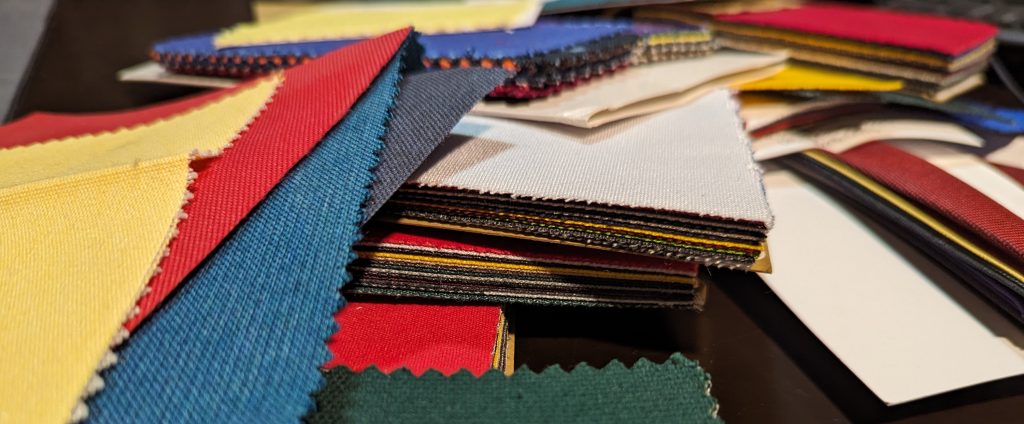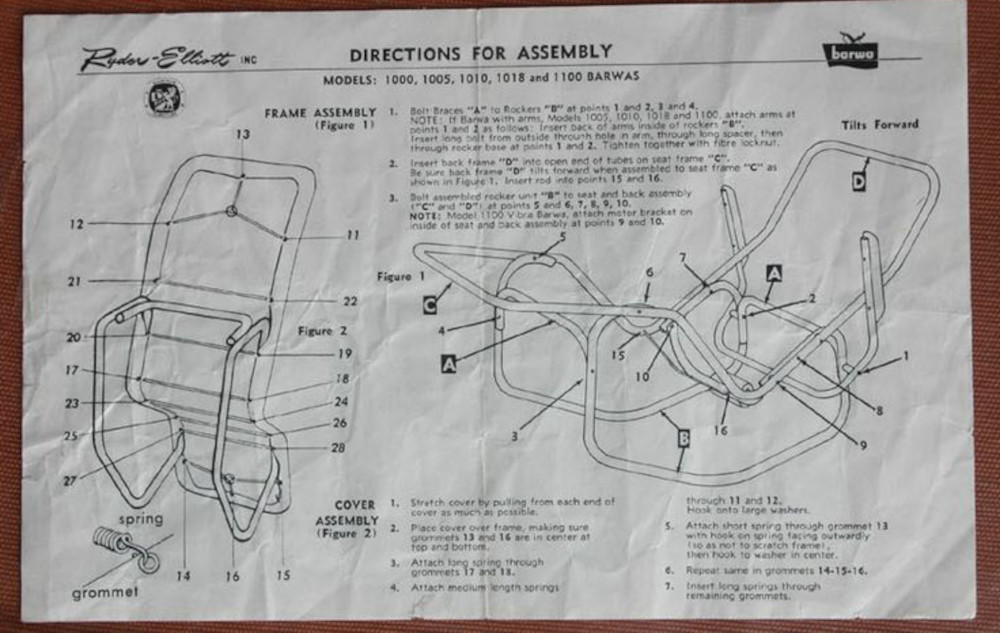
Back when Amanda and I decided to get serious about making Barwa covers, the goal was obvious: Make them exactly like the original covers. Little did we know at the time how much blood, sweat, and tears (quite literally on all three!) would go into the process. We quickly realized that there were going to be supply limitations, and the goal changed to make them as close as possible and remain true to the originals. We’re recording our experience in case anyone is interested in what we found with fabrics and how it led to our current offerings.
Continue reading Our Fabric Journey
